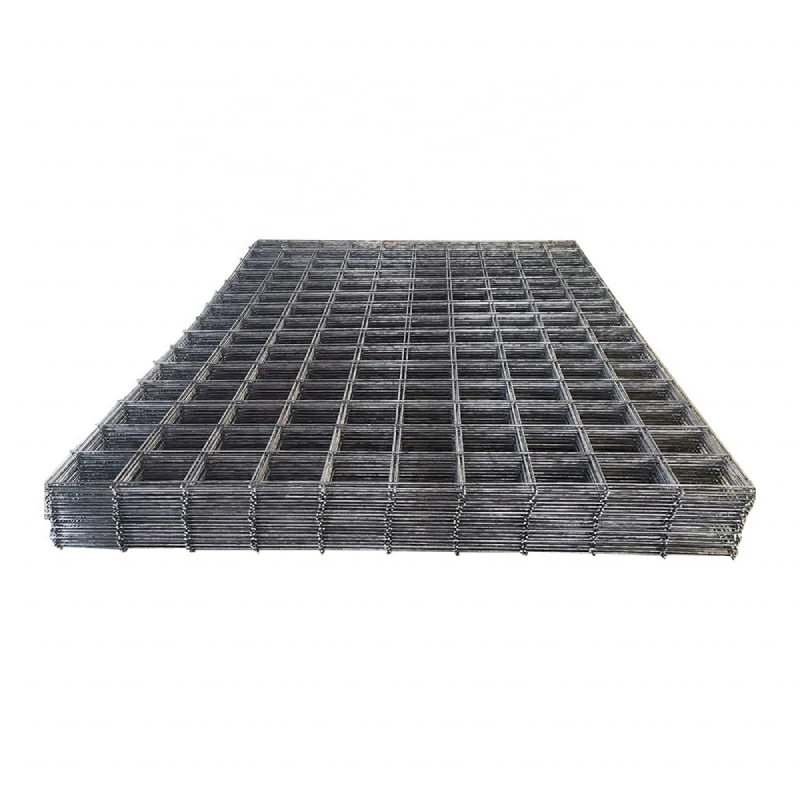Putting Up a Temporary Fence A Guide to Safety and Organization
In various situations, from construction sites to outdoor events, the need for a temporary fence can arise. Whether you’re looking to secure an area, manage crowds, or protect sensitive materials, erecting a temporary fence is a practical solution. This article provides a comprehensive guide on the benefits, types, and steps involved in putting up a temporary fence.
Benefits of Temporary Fencing
Temporary fencing offers several advantages. First and foremost, it enhances safety. By clearly delineating a boundary, it can prevent unauthorized access to hazardous areas, reducing the risk of accidents. For construction sites, temporary fencing is not only essential for worker safety but also for protecting passersby from potential dangers associated with ongoing work.
Moreover, temporary fences help in crowd management during events such as concerts, festivals, and fairs. They guide attendees, establish entry and exit points, and provide designated areas for various activities, ensuring a smooth flow of people. Additionally, these fences can be visually appealing, often available in various designs and colors to match the theme of an event while still maintaining functionality.
Types of Temporary Fencing
There are various options when it comes to choosing a temporary fence. The most common types include
1. Chain Link Fencing This is one of the most popular choices due to its durability and versatility. Chain link fences are made of interlocking steel wires and can be as high as eight feet, making them suitable for construction sites and security-sensitive areas.
2. Mesh Fencing Lightweight and easy to transport, mesh fencing is typically made from plastic or lightweight metal. It’s ideal for events where crowd control is necessary, as it can be quickly installed and removed.
3. Hoarding Often used in urban environments, hoarding consists of solid panels that provide complete privacy. It is generally constructed from plywood, providing a sturdy barrier that can also serve as an opportunity for advertising.
4. Plastic Crowd Control Barriers These are designed specifically for managing crowds in public events. They are lightweight, portable, and usually feature interlocking systems that keep them securely in place.
putting up a temporary fence

Steps to Install a Temporary Fence
Installing a temporary fence may seem daunting at first, but with proper planning and execution, it can be straightforward. Here are the steps to follow
1. Determine Your Needs Assess the area you want to fence off. Consider factors such as the purpose of the fence, level of security required, and duration for which the fence will be needed.
2. Choose the Right Type of Fence Based on your assessment, select the appropriate type of temporary fencing that fits your needs. Take into consideration factors such as height, material, and ease of installation.
3. Plan the Layout Clearly mark the perimeter where the fence will be installed. Use stakes or paint to delineate the corners and ensure the layout resembles a closed area.
4. Gather Tools and Materials Ensure you have all necessary tools and materials on hand, including the fencing panels, connectors, and any tools required for assembly, such as a hammer or drill.
5. Install the Fencing Begin at one corner and work your way around the marked perimeter. Secure the fencing panels in place, ensuring they are aligned and stable. If using a chain-link or mesh fence, use connectors and anchors to ensure durability.
6. Safety Check After the installation, inspect the entire fence for stability and security. Make sure there are no gaps or weak points where individuals could gain entry or where the fence could fall over.
7. Maintain and Monitor During the duration of its use, periodically check the fence to ensure it remains secure and effective.
Conclusion
Putting up a temporary fence is a valuable investment for safety, organization, and crowd management in various scenarios. By understanding the benefits, choosing the right type of fence, and following proper installation steps, you can ensure that your temporary fencing meets your needs effectively. Whether for a construction site, a public event, or simply to secure a specific area, a temporary fence can provide peace of mind and enhance overall safety.
-
Why Galvanized Trench Cover Steel Grating Resists Corrosion
NewsJul.10,2025
-
The Versatility and Strength of Stainless Expanded Metal Mesh
NewsJul.10,2025
-
Load Calculations in Steel Grating Platforms
NewsJul.10,2025
-
Keeping Pets and Kids Safe with Chicken Wire Deck Railing
NewsJul.10,2025
-
Hole Diameter and Pitch for Round Perforated Metal Sheets
NewsJul.10,2025
-
Aluminium Diamond Mesh in Modern Architecture
NewsJul.10,2025
Subscribe now!
Stay up to date with the latest on Fry Steeland industry news.

